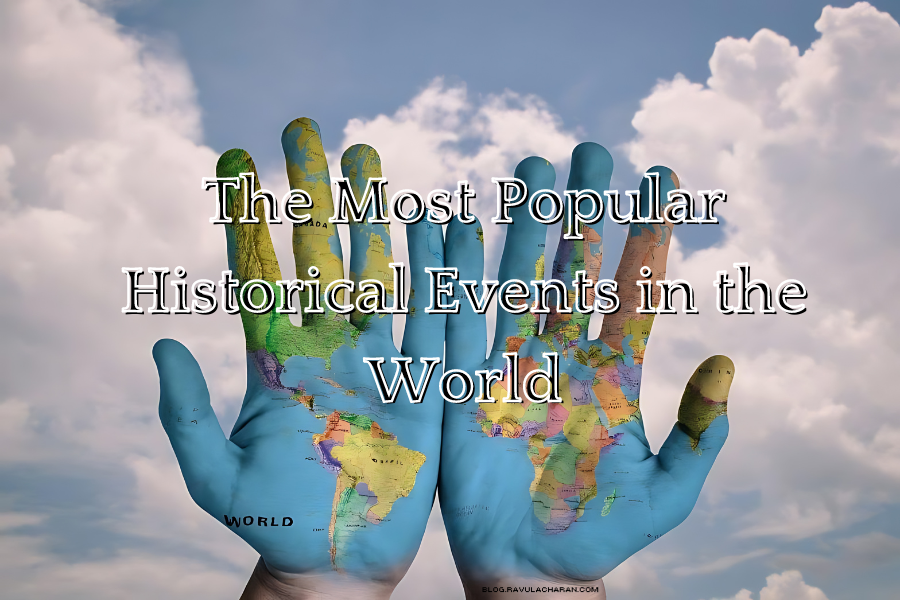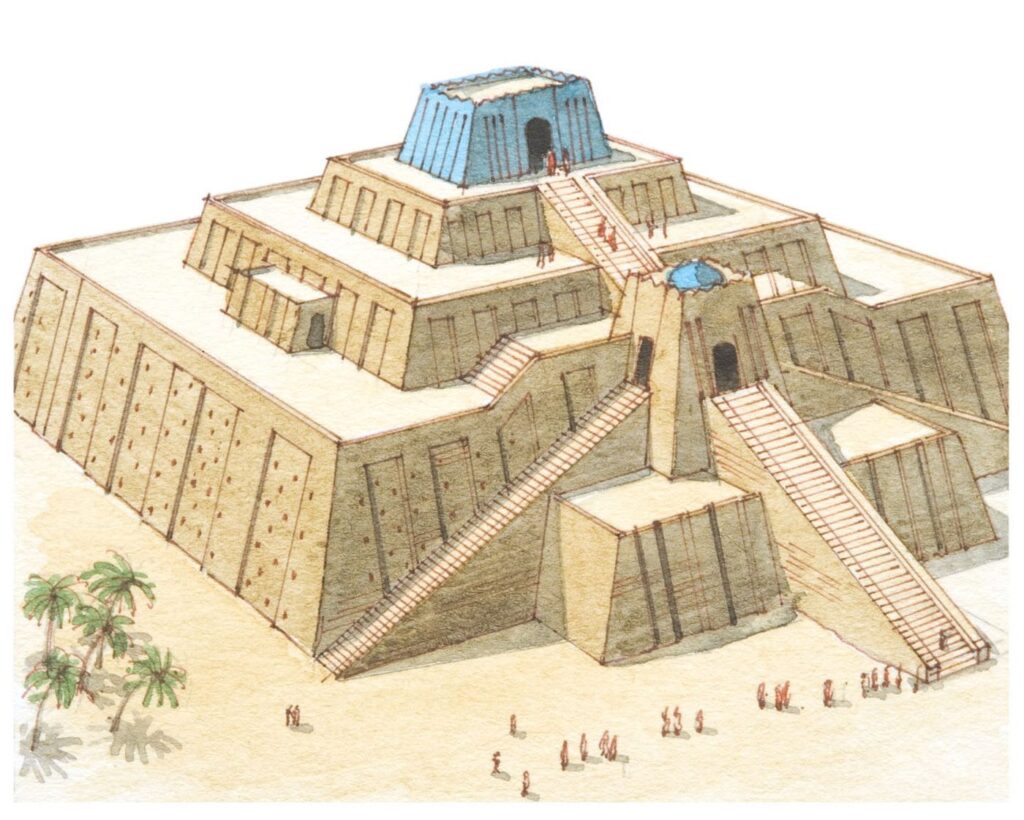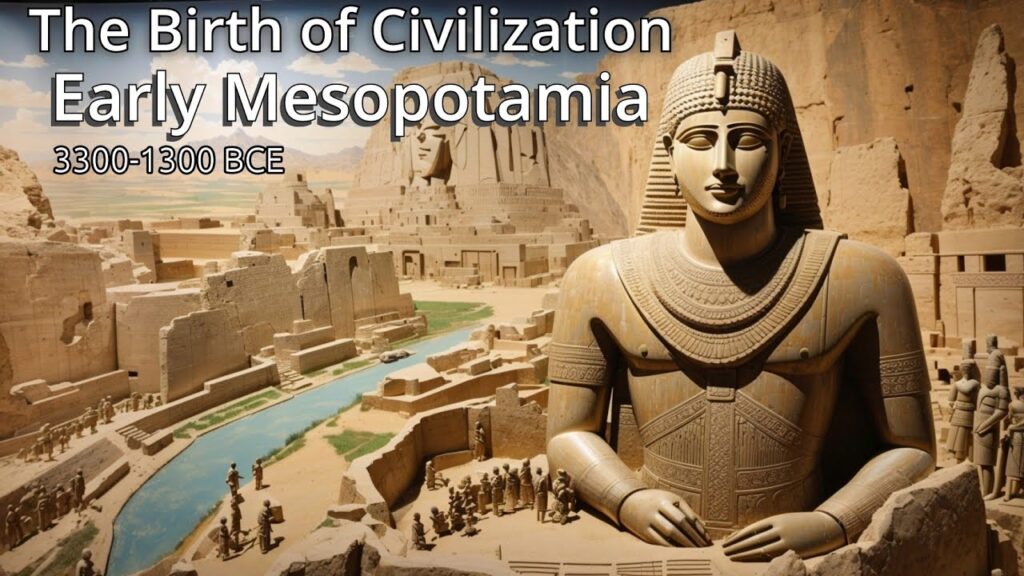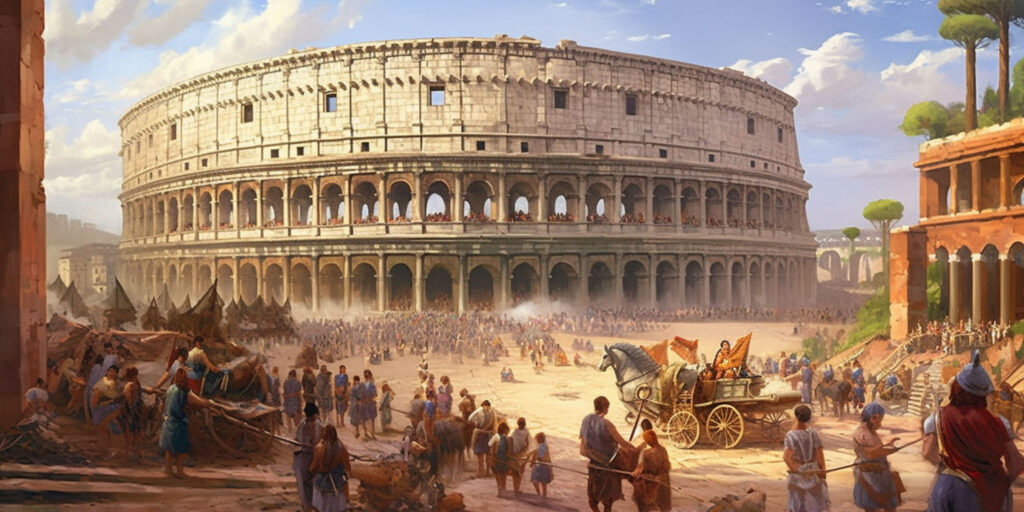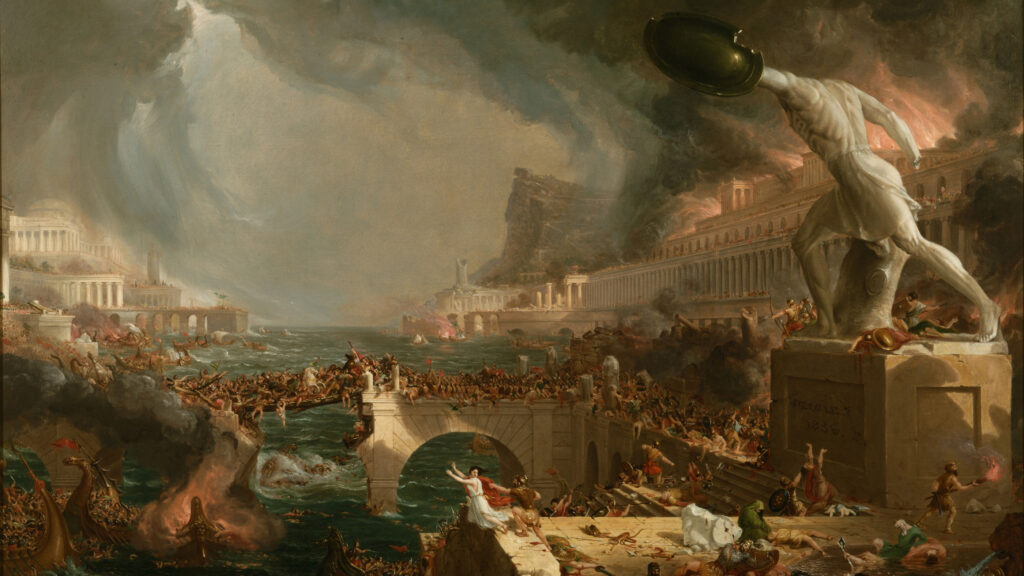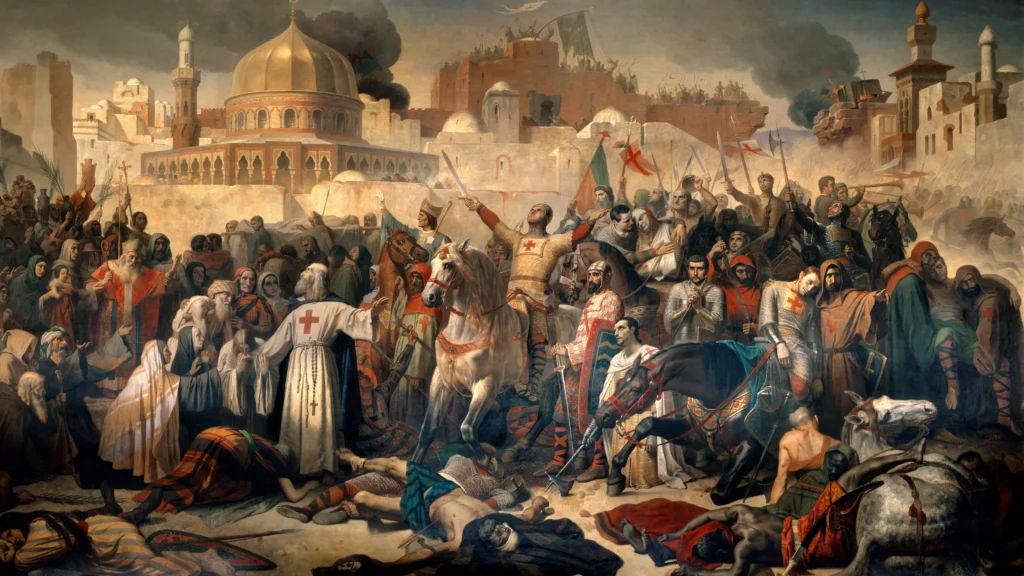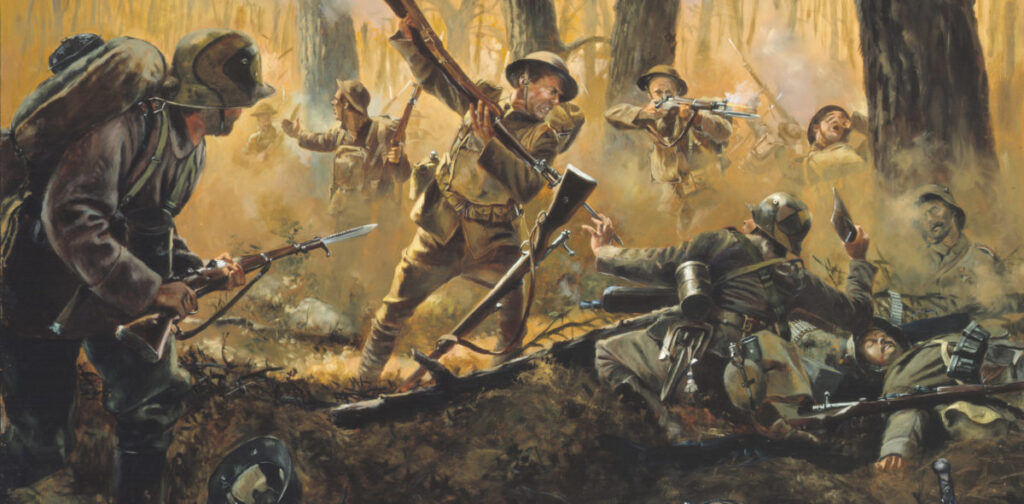
World War I: A Comprehensive Overview
Introduction
World War I, also known as the Great War, was one of the most significant conflicts in human history. Fought between 1914 and 1918, it involved many of the world’s great powers and resulted in unprecedented levels of destruction and loss of life. This article explores World War I from its origins and key events to its lasting impacts and legacy.
Origins of World War I
Political Alliances and Rivalries
The complex web of alliances and rivalries among European powers set the stage for the outbreak of World War I:
- Triple Alliance: Formed in 1882, this alliance included Germany, Austria-Hungary, and Italy. It was intended to provide mutual support in the event of an attack by France or Russia.
- Triple Entente: Established in 1907, this alliance included France, Russia, and the United Kingdom. It aimed to counterbalance the power of the Triple Alliance and prevent German expansion.
Nationalism
Nationalistic fervor contributed to tensions between countries:
- Ethnic Nationalism: Various ethnic groups sought independence and self-determination, leading to internal and external conflicts. This was particularly evident in the Balkans, where Slavic nationalism clashed with the interests of Austria-Hungary and the Ottoman Empire.
- Imperial Ambitions: Major powers, such as Germany and Britain, competed for colonial territories and resources, further exacerbating tensions.
Militarism
The belief in building strong military forces to achieve national goals led to an arms race among European powers:
- Military Buildup: Countries expanded their armies and navies, developing new weapons and technologies. This militarization created a sense of inevitability about war.
- War Plans: Detailed military plans, such as Germany’s Schlieffen Plan, which aimed to quickly defeat France before turning to Russia, reflected the expectation of conflict.
Key Events Leading to War
Assassination of Archduke Franz Ferdinand
The immediate catalyst for World War I was the assassination of Archduke Franz Ferdinand of Austria-Hungary:
- Assassination (June 28, 1914): Gavrilo Princip, a Bosnian Serb nationalist, assassinated Archduke Franz Ferdinand and his wife in Sarajevo. This act set off a chain reaction of events leading to war.
- Austro-Hungarian Ultimatum: Austria-Hungary issued an ultimatum to Serbia, demanding harsh measures to suppress nationalist activities. When Serbia’s response was deemed insufficient, Austria-Hungary declared war on Serbia.
Mobilization and Declarations of War
The complex system of alliances quickly drew multiple countries into the conflict:
- Russian Mobilization: Russia, allied with Serbia, mobilized its forces to support Serbia. This prompted Germany to declare war on Russia.
- German Invasion of Belgium: Germany’s implementation of the Schlieffen Plan involved invading neutral Belgium to quickly reach France. This violation of Belgian neutrality led Britain to declare war on Germany.
- Declarations of War: Over the next few days, other countries joined the conflict, including France, Austria-Hungary, and Britain. The war quickly escalated into a global conflict.
Major Battles and Campaigns
Western Front
The Western Front, stretching from the North Sea to the Swiss border, was the main theater of the war:
- Battle of the Marne (September 1914): The German advance into France was halted near the Marne River, leading to a stalemate and the beginning of trench warfare.
- Trench Warfare: Both sides dug extensive trench systems, resulting in a brutal and static form of warfare. Soldiers faced horrific conditions, including mud, disease, and constant shelling.
- Battle of Verdun (1916): One of the longest and costliest battles of the war, the Battle of Verdun saw French forces successfully defend against a massive German offensive.
- Battle of the Somme (1916): A joint British-French offensive, the Battle of the Somme was marked by immense casualties and limited territorial gains.
Eastern Front
The Eastern Front saw significant movement and varied outcomes:
- Early German Victories: Germany achieved decisive victories against Russia, such as the Battle of Tannenberg (1914) and the Battle of the Masurian Lakes (1914).
- Russian Counteroffensives: Despite initial setbacks, Russian forces launched successful counteroffensives, putting pressure on the Central Powers.
- Revolution in Russia: The Russian Revolution of 1917 led to the collapse of the Russian war effort. The Bolsheviks, who seized power, signed the Treaty of Brest-Litovsk (1918) with Germany, exiting the war.
Other Theaters
World War I also saw significant action in other regions:
- Middle Eastern Campaigns: British forces, including troops from India and other colonies, fought against the Ottoman Empire in campaigns such as Gallipoli (1915-1916) and the Arab Revolt (1916-1918).
- Italian Front: Italy, initially neutral, joined the Allies in 1915. The Italian Front saw brutal mountain warfare, with battles such as Caporetto (1917) and Vittorio Veneto (1918).
- Naval Warfare: The war at sea included the British naval blockade of Germany and the Battle of Jutland (1916), the largest naval battle of the war. Submarine warfare, particularly German U-boat attacks on Allied shipping, played a significant role.
The Home Front
Economic Mobilization
The war effort required massive economic mobilization:
- War Production: Countries converted civilian industries to produce war materials, such as weapons, ammunition, and vehicles. Governments established control over key industries to ensure adequate supplies.
- Rationing: Food and resources were rationed to support the war effort, leading to shortages and changes in civilian consumption.
Propaganda
Propaganda played a crucial role in maintaining public support for the war:
- Media Control: Governments controlled information through censorship and propaganda campaigns, shaping public perception of the war.
- Patriotism and Recruitment: Posters, films, and speeches encouraged enlistment, promoted national unity, and vilified the enemy.
Social Changes
The war brought significant social changes:
- Women’s Roles: With men at the front, women took on new roles in the workforce, including in factories, offices, and as nurses. This shift contributed to changing perceptions of gender roles.
- Labor Movements: The demand for labor led to improved working conditions and wages, but also to strikes and labor unrest as workers sought greater rights.
The End of the War
U.S. Entry into the War
The entry of the United States into the war in 1917 had a decisive impact:
- Reasons for Entry: Factors such as the sinking of the Lusitania (1915), unrestricted German submarine warfare, and the Zimmermann Telegram (1917) pushed the U.S. to join the Allies.
- American Contribution: The arrival of fresh American troops and resources bolstered the exhausted Allied forces, contributing to the final victory.
The Armistice
The war ended with the signing of the Armistice:
- German Collapse: By late 1918, Germany faced internal unrest, economic collapse, and military defeat. The German government sought an armistice to end the fighting.
- Armistice of November 11, 1918: The armistice was signed at Compiègne, France, bringing an end to the fighting on the Western Front. The terms required Germany to evacuate occupied territories and disarm.
The Treaty of Versailles
The post-war settlement was formalized with the Treaty of Versailles:
- Paris Peace Conference (1919): Allied leaders, including Woodrow Wilson (U.S.), David Lloyd George (UK), Georges Clemenceau (France), and Vittorio Orlando (Italy), negotiated the terms of peace.
- Treaty Provisions: The treaty imposed harsh penalties on Germany, including territorial losses, military restrictions, and reparations payments. The “war guilt” clause placed full blame for the war on Germany.
- League of Nations: The treaty established the League of Nations, an international organization aimed at maintaining peace and preventing future conflicts. However, the U.S. Senate refused to ratify the treaty, and the U.S. did not join the League.
Impacts of World War I
Political Changes
The war led to significant political upheaval:
- Fall of Empires: The German, Austro-Hungarian, Ottoman, and Russian empires collapsed, leading to the creation of new nations and political systems.
- Rise of Totalitarianism: The instability and economic hardship following the war contributed to the rise of totalitarian regimes in countries like Germany and Italy.
Economic Consequences
The war had lasting economic impacts:
- Debt and Inflation: The war left many countries with massive debts and economic instability. Hyperinflation, particularly in Germany, wreaked havoc on economies.
- Reconstruction: Rebuilding war-torn regions required significant investment and international cooperation.
Social and Cultural Changes
The war also brought profound social and cultural shifts:
- Changes in Gender Roles: The war accelerated changes in gender roles, with women gaining greater rights and entering the workforce in unprecedented numbers.
- Art and Literature: The trauma of war influenced art and literature, leading to movements such as Dadaism and the works of writers like Erich Maria Remarque and Wilfred Owen
.
Technological Advancements
Technological innovations during the war had lasting impacts:
- Military Technology: Advances in military technology, including tanks, airplanes, and chemical weapons, reshaped modern warfare.
- Medical Advances: The war spurred developments in medical technology and treatments, including advancements in surgery and the establishment of blood banks.
Conclusion
World War I was a transformative conflict that reshaped the political, economic, and social landscape of the 20th century. It ended empires, redrew borders, and set the stage for future conflicts, including World War II. The war’s legacy includes profound changes in international relations, the role of technology in warfare, and the recognition of the need for global cooperation to maintain peace. Understanding World War I is crucial to comprehending the complexities of modern history and the origins of contemporary geopolitical issues.

